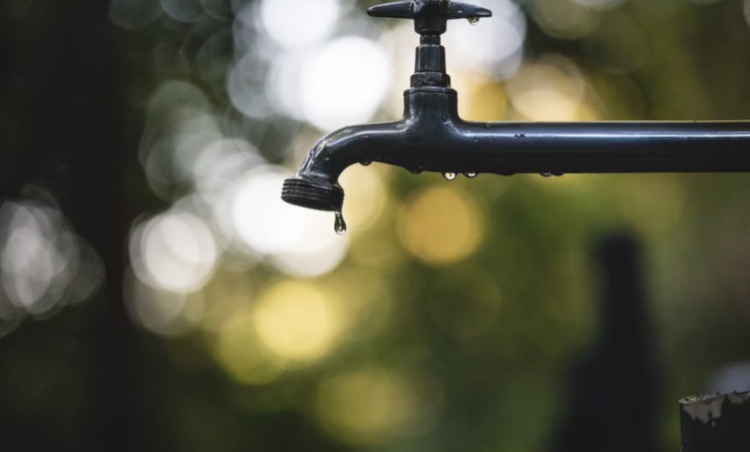Contaminated water can spread diseases and cause long-term health problems, leading to a humanitarian crisis that affects people of all ages, genders, and backgrounds.
Rightlivelihood.org highlights in a 2023 post that water is a crucial resource for all life on Earth. However, UN reports suggest that as many as five billion people are expected to experience water crises by the year 2050.
In this article, we will explore the problem of contaminated water, its causes, and what can be done to address this pressing issue.
The Scope of the Problem
According to the World Health Organization (WHO), contaminated water is responsible for the deaths of more than 500,000 people each year. Many more suffer from illnesses such as cholera, typhoid, and dysentery, which can cause severe dehydration and even death. Children are especially vulnerable, as their immune systems are not yet fully developed, and they are more likely to drink contaminated water.
UNICEF reports in a recent blog post that a staggering 844 million individuals across the globe lack access to safe drinking water, while an even greater number of 2.3 billion lack access to basic sanitation facilities like latrines.
Shockingly, these inadequate conditions contribute significantly to the deaths of children under 5 years old, making contaminated water and poor sanitation some of the primary causes of their demise.
Causes of Contaminated Water
Water contamination can result from a variety of sources, including natural catastrophes, pollution, and inadequate sanitation. When heavy rainfall or flooding occurs, it can wash pollutants into rivers, streams, and groundwater sources. Chemicals and industrial waste can also pollute water supplies, rendering them unsuitable for human consumption.
In many developing countries, poor sanitation practices and inadequate sewage systems can lead to the spread of diseases such as cholera and typhoid.
Water contamination is not only limited to developing countries but also occurs in developed nations. One such example is Camp Lejeune, a US Marine Corps base in North Carolina. From the 1950s until the 1980s, the drinking water at Camp Lejeune was polluted with harmful substances such as benzene, trichloroethylene, and vinyl chloride.
This led to a widespread backlash against the US government and military, as it was discovered that the contamination had been known for years, but little was done to address it. Lawsuits have also been filed against the US government and military on behalf of individuals and families affected by the Camp Lejeune contamination.
In a recent Camp Lejeune lawsuit update, it has been found that law firms representing plaintiffs in lawsuits related to the Camp Lejeune contamination have utilized various resources to assist in the legal battle. For instance, TorHoerman Law, LLC has worked in partnership with advocacy groups and other organizations to raise public awareness about the issue and advocate for policy changes.
The Impact of Contaminated Water
Contaminated water can have a devastating impact on communities, affecting their health, education, and economic opportunities. When people become sick from drinking contaminated water, they may miss school or work, reducing their productivity and income.
When water supplies become unsuitable, whole towns may be compelled to evacuate. Caring for sick members of the family can also disproportionately affect women.
As per a study published in the National Library of Medicine, women are the primary caregivers for family members with chronic medical conditions or disabilities, including the elderly and those suffering from mental illnesses. This severely limits their ability to pursue education and employment opportunities.
Solutions to the Crisis
Addressing the humanitarian crisis of contaminated water requires a multifaceted approach. Governments must prioritize the development of adequate sanitation systems and ensure that industries comply with regulations to prevent pollution.
In many cases, community-led initiatives can be effective in addressing the problem, such as the construction of rainwater harvesting systems or the establishment of community water treatment facilities. Education and awareness initiatives can also aid in the promotion of proper hygiene habits and the prevention of disease transmission.
Conclusion
The humanitarian crisis of contaminated water is a complex issue that affects millions of people worldwide, particularly the most vulnerable populations. This problem requires a collaborative effort from governments, industries, and communities to address the underlying causes of water contamination, develop adequate sanitation systems, and promote good hygiene practices.
It is crucial to prioritize access to safe drinking water as a fundamental human right and work toward sustainable solutions that can prevent future water crises. Only by taking immediate action can we ensure that every person has access to safe drinking water and prevent the needless loss of life caused by contaminated water.
